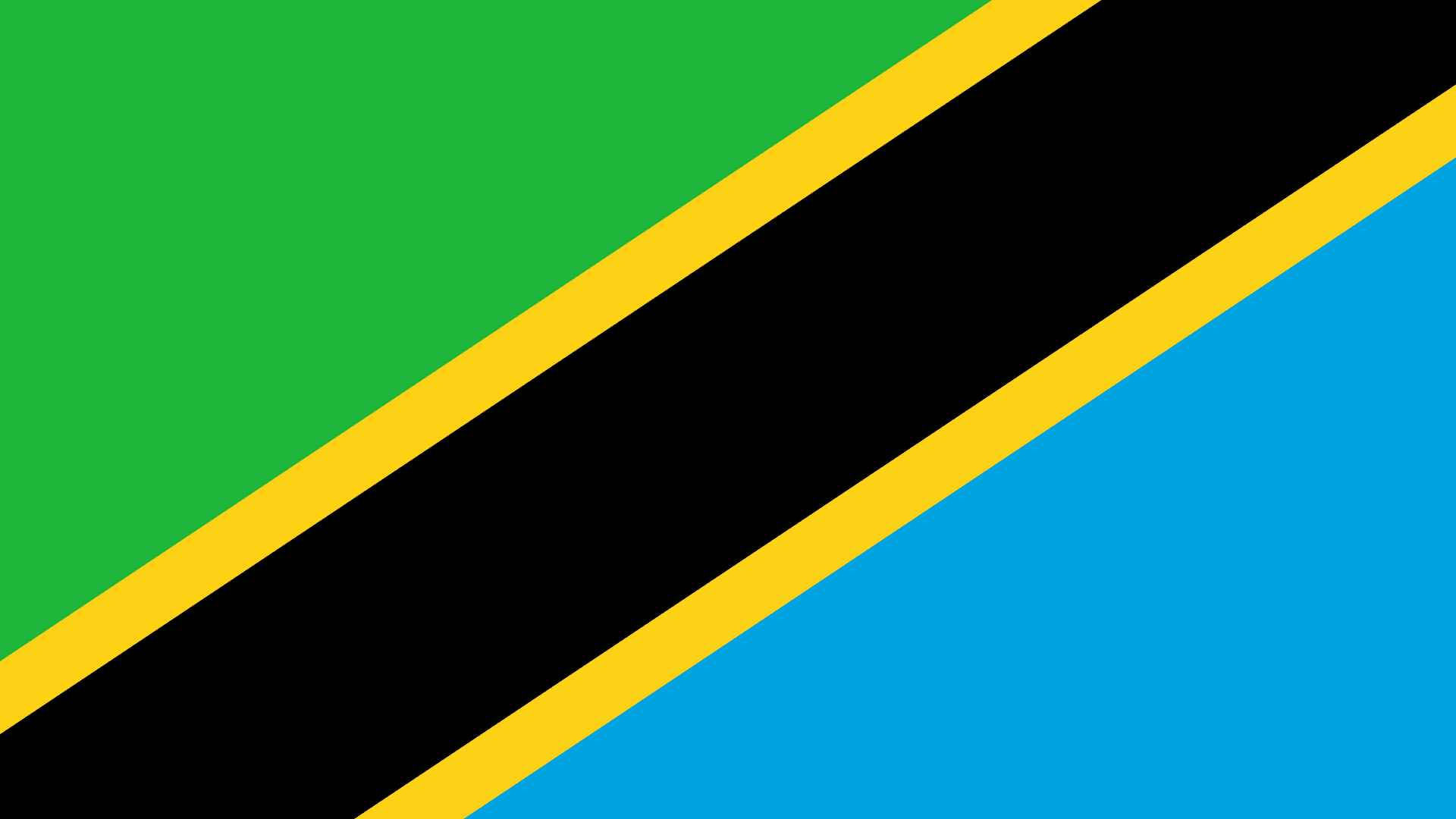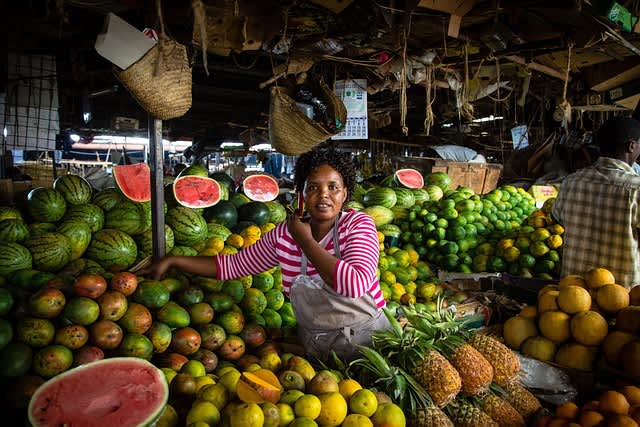Swahili Translation

Swahili Translation and Localization
TrueLanguage offers timely, precise Swahili translation and localization services. We can handle virtually any type of translation project. Our team of professional linguists includes native speakers of Swahili and certified subject matter experts who can perfectly translate material following your exact specifications. We use cutting-edge translation and project management tools and follow ISO 9001 standards, guaranteeing efficient, high-quality, and authentic results.
Kutoka Kiswahili Kiingereza
Language Facts and Information
Swahili Snapshot
Swahili is a Bantu language that is spoken by over 100 million people worldwide, making it one of the most widely spoken African languages. It is an official language in Tanzania, Kenya, and the Democratic Republic of Congo and is also spoken in Uganda, Rwanda, Burundi, Mozambique, Somalia, and the Comoros Islands. Swahili has become an important lingua franca in East Africa due to its widespread use across different ethnic groups and countries. It is written using the Latin alphabet with a few digraphs for native and Arabic sounds, and it reads from left to right. While modern standard Swahili is based on Kiunguja, the dialect spoken in Zanzibar City, there are numerous dialects and regional variations of the language. Chimwiini, Kimwani, and Kibajuni are just a few examples of Swahili dialects spoken in different regions.
Swahili Facts and Trivia
Where it’s Spoken
Swahili is primarily spoken in East Africa, particularly in Tanzania, Kenya, Uganda, Rwanda, Burundi, and the Democratic Republic of Congo. It is also spoken in parts of Somalia, Mozambique, and the Comoros Islands. Due to its widespread use as a lingua franca, Swahili is increasingly becoming a language of commerce, education, and communication in other African countries as well.
Global Statistics
Swahili is a language that is rich in history, culture, and linguistic complexity. As a Bantu language that evolved through centuries of contact between East African coastal communities and Arab traders, Swahili reflects a unique blend of African and Arabic influences. Its distinct grammatical structure, with nouns marked for class and verbs for tense, aspect, and negation, makes it a fascinating language to study and learn. In addition, Swahili has a significant number of loanwords from other languages, including Arabic, English, Portuguese, and German, reflecting the influence of these cultures on the language. Moreover, Swahili is known for its extensive use of proverbs, which are essential to the language and convey messages in a few words. Finally, greetings and honorifics are essential aspects of Swahili culture. The language has a unique system that depends on the relationship, age, and social status of the speaker and the person being addressed.
Impact of French Worldwide
The impact of Swahili in business, politics, and culture is significant and far-reaching. As a language of commerce and trade in East Africa, Swahili has played a vital role in facilitating business transactions and communication among people who speak different languages. In recent years, Swahili has gained increasing importance as a language of education, media, and diplomacy in East Africa. There are efforts to expand its use in these domains further.
In politics, Swahili has served as a unifying force in East Africa, bringing together people from different ethnic and linguistic backgrounds. The language has been used in official government communications and documents, and it has helped to foster a sense of national identity and pride among Swahili speakers. Moreover, Swahili has been an essential tool in promoting regional integration and cooperation in East Africa, as it is spoken in several countries in the region.
In terms of culture, Swahili has a rich history and has played a significant role in the development of East African culture. Swahili literature, music, and art are an integral part of the region’s cultural heritage, and the language has been used to express and promote cultural identity and values. Swahili music, for example, has gained widespread popularity within and outside the region and influenced the development of various music genres in East Africa.
Regional Variations
Swahili is a language with diverse regional variations shaped by linguistic and cultural influences. The most widely spoken dialect of Swahili is Kiunguja, which is used as the standard in education and media. However, there are numerous other dialects, each with unique features and vocabulary.
Major dialects include Kingwana, known for its tonal patterns and pronunciation in the eastern Democratic Republic of the Congo, and Kimwani, with significant loanwords from Portuguese spoken in the Kerimba Islands and northern coastal Mozambique. Chimwiini, spoken by ethnic minorities around Barawa in southern Somalia, has been influenced by Somali and Arabic. Kibajuni, spoken by the Bajuni minority on both sides of the Somali-Kenyan border, has been influenced by Somali and Swahili. Comorian, spoken in the Comoros Islands, has been influenced by Malagasy, Arabic, and French.
These dialects vary in pronunciation, vocabulary, and grammar, reflecting unique cultural contexts. Understanding these variations is crucial for effective communication in East Africa, where Swahili is widely spoken and used in various contexts.
Origin and History
Swahili emerged as a distinct language in the coastal region of East Africa, where Bantu-speaking communities interacted with Arab and Persian traders and settlers from the 7th century onward. Over time, Swahili evolved as a hybrid language that incorporated elements of Bantu, Arabic, Persian, and other languages, reflecting the complex cultural and social interactions that characterized the region. Swahili served as a lingua franca for traders, merchants, and other travelers in East Africa and gradually spread inland as trade networks expanded and new communities emerged. In the late 19th century, Swahili was adopted as a national language by the emerging nations of Kenya and Tanzania and has since become one of the most widely spoken languages in Africa, with over 100 million speakers worldwide.
Summary
Since the Swahili language is constantly evolving, you must have informed and highly experienced professional linguists for producing accurate and culturally appropriate translations. At present, Swahili features approximately 40,000 words and adopts or adds numerous new words each year. Will you need a Swahili translation that will easily be understood in all regions where the language is spoken? Or do you rather require a regionally specific translation? Select either our TrueGlobal or LocalVoice approach as appropriate.
Consider a Partnership with TrueLanguage
Are you looking for a partnership with a language service provider? If so, you may wish to consider TrueLanguage. We offer ISO-Certified state-of-the-art business translation services that are on budget, on time, and to your exact specification. Every time. Or perhaps you’re just looking for a cost-free, no-obligation estimate for your next translation project. Either way, we’d love to hear from you!


